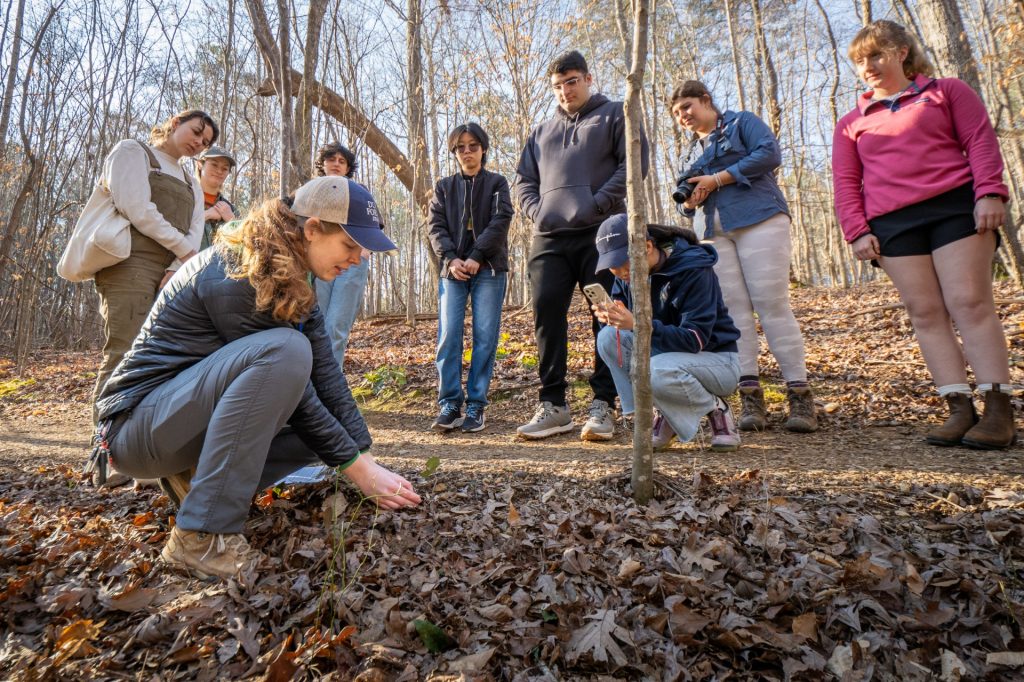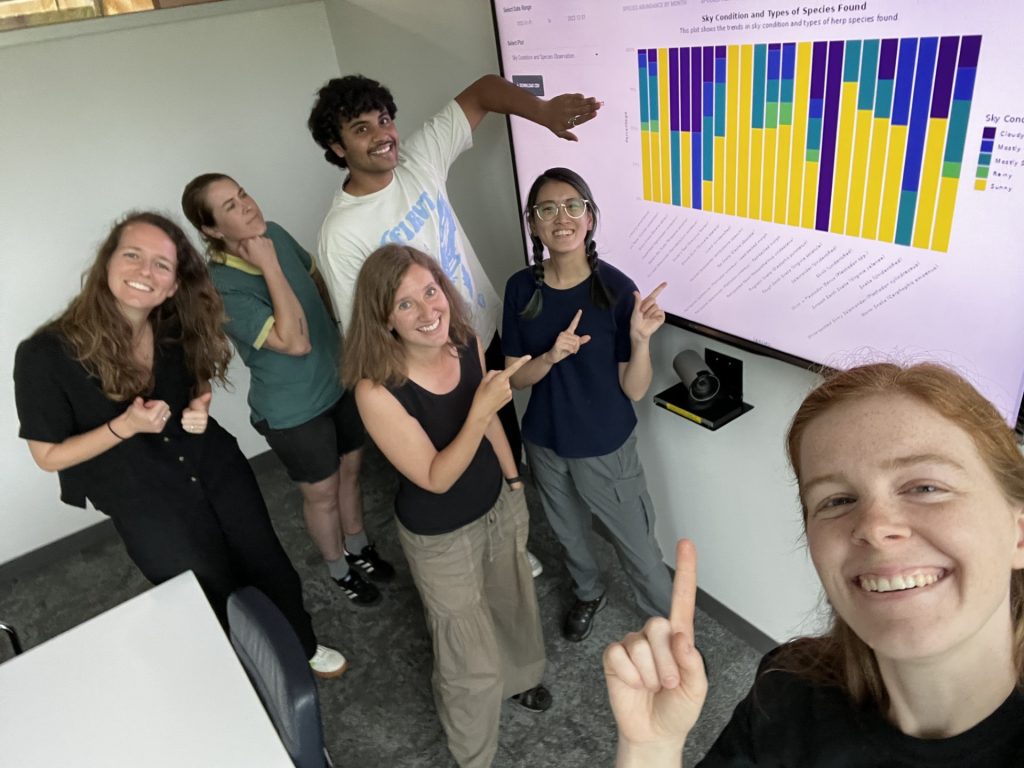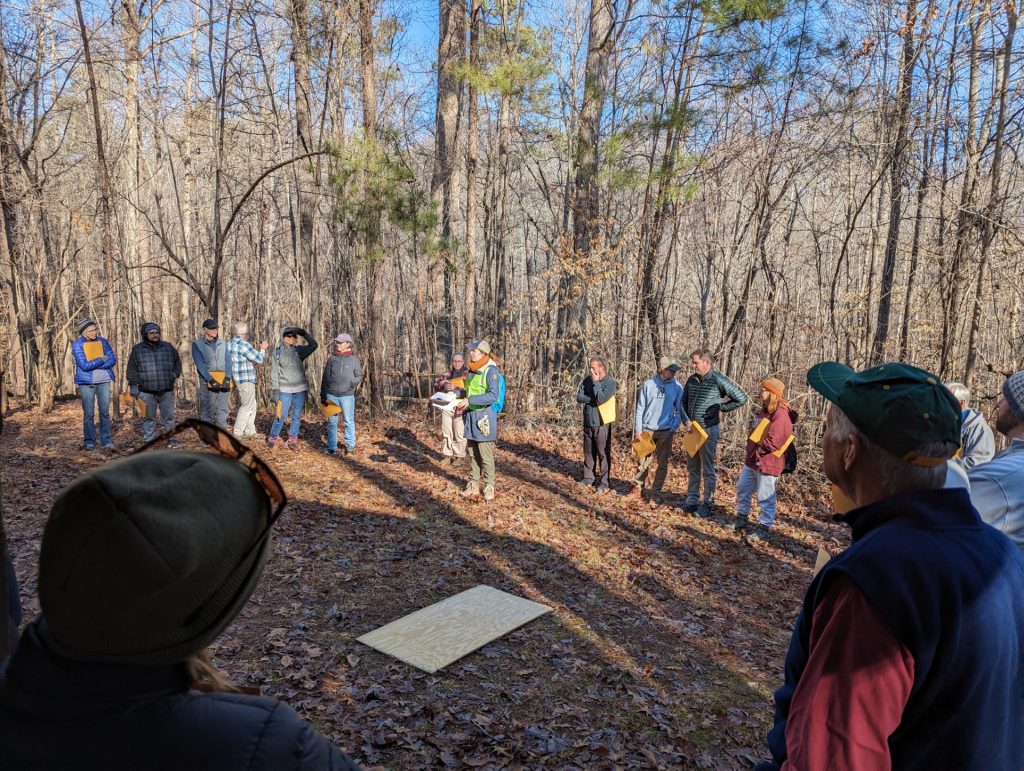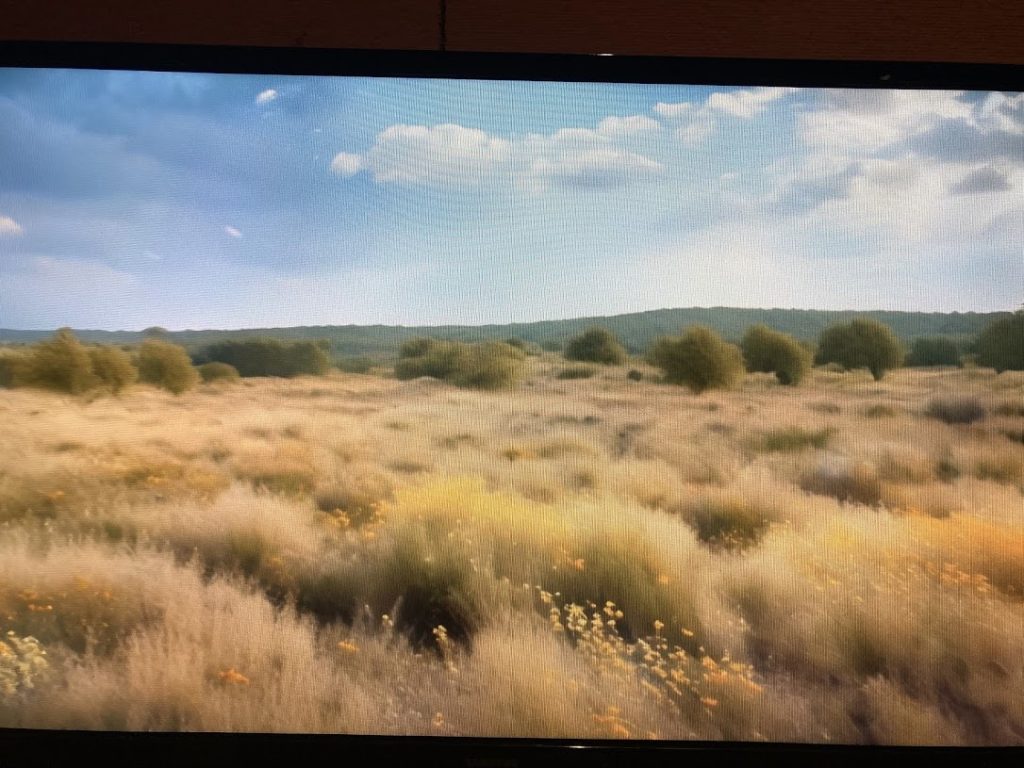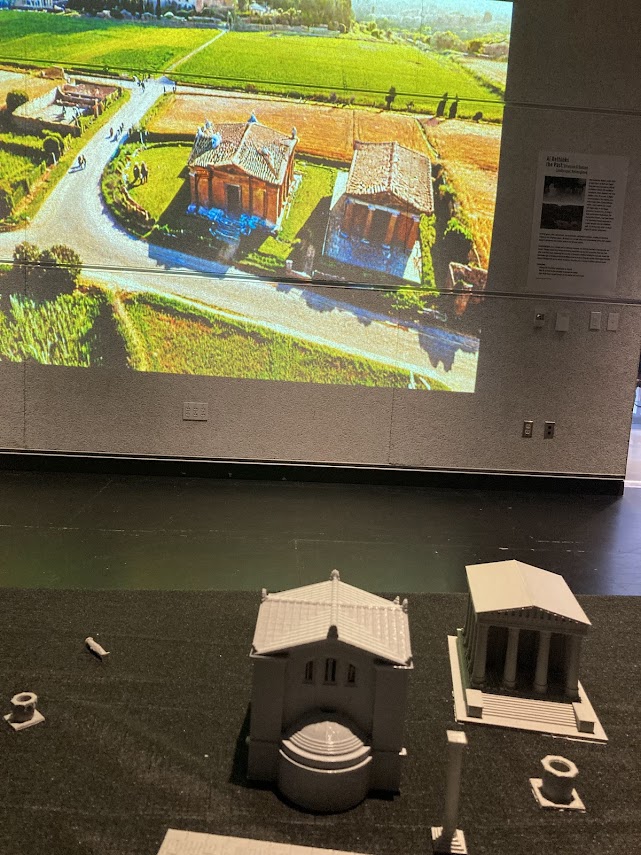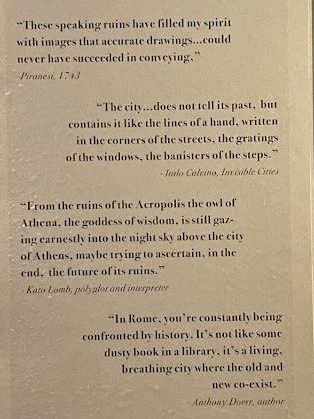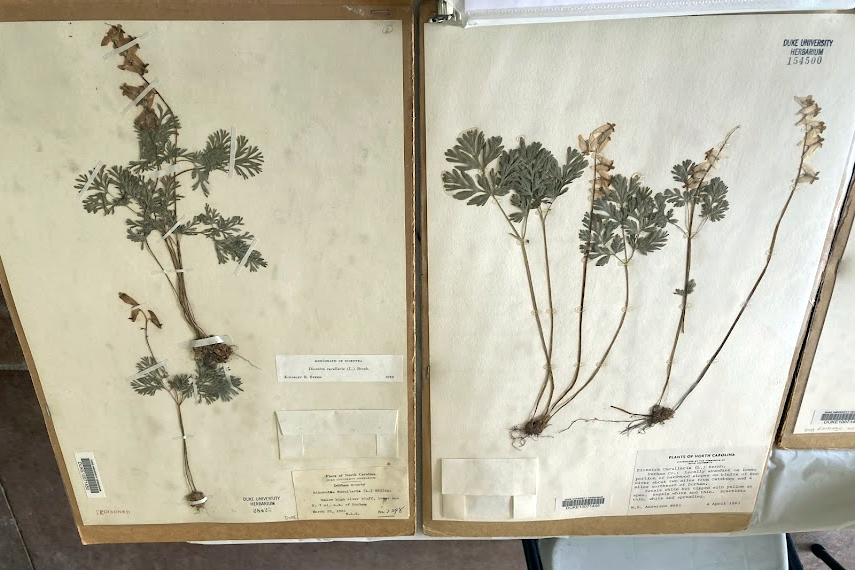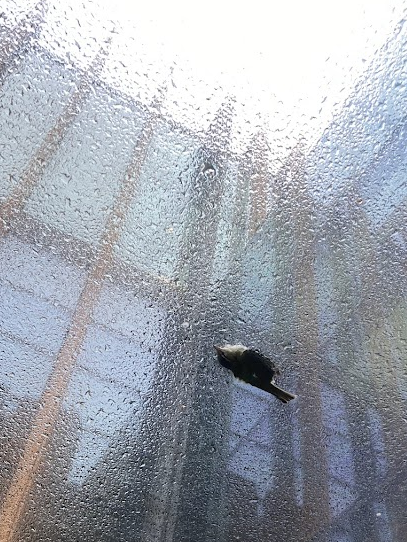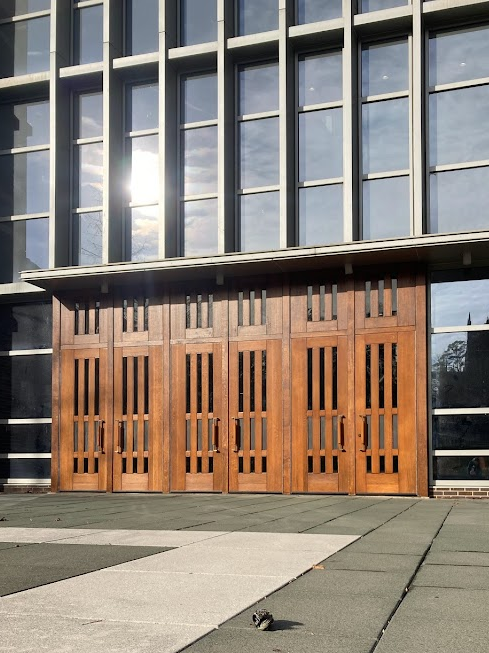At 12:15 PM on the first Friday of each month, you can watch Duke Libraries curators crank open a half-ton case made by the same company that designed the storage system for England’s Crown Jewels. Inside, protected by elaborate security features and carefully controlled temperature and light conditions, is a different collection of valuable, colorful items: Audubon’s “Birds of America” paintings.
“People love these birds for lots of different reasons,” said Duke Libraries Head of Exhibitions Meg Brown. The Audubon exhibit preserves and displays the birds while also raising awareness of Audubon’s complicated legacy as both a very talented artist and a deeply flawed man.
John James Audubon is one of ornithology’s most well known and most controversial figures. He painted 489 bird species with precision and accuracy, part of an ambitious and unfinished quest to paint every bird in America.
He also owned enslaved people, stole human skulls from indigenous burial sites, and held staunchly racist and anti-abolitionist beliefs.
Even in his own lifetime, Audubon’s “Birds of America” paintings were very valuable. They were sold in “subscriptions” in which patrons would receive paintings periodically as loose sheets and then have them bound themselves. The frequency ranged from weeks to years depending on the speed of Audubon’s work. Today, more than a century and a half after Audubon’s death, his paintings remain subjects of fascination, value, and beauty. One reason the paintings are so valuable is that each set is unique. Audubon used between 20 and 40 colorists who applied color to each print by hand, meaning different copies of the same painting may have slightly different colors.
Approximately 120 complete “Birds of America” sets survive today. “Typically a ‘set’ is all four volumes,” said Aaron Welborn, Duke Libraries Director of Communications. Duke owns “one complete set of four volumes,” two of which are on display in the Mary Duke Biddle Room in Perkins. At the inaugural “Flipping the Bird” event earlier this month, Duke Libraries Head of Exhibitions Meg Brown spoke to visitors about what it takes to preserve and flip these fragile birds.
The books are stored in glass and metal cases that weigh more than 1000 pounds according to Brown. The company that made these cases also made the glass under which England’s Crown Jewels are stored. The standard for the glass strength was that it had to be able to withstand 18 minutes of someone actively trying to break through.
The paintings are protected by another unusual security feature as well: “These won’t fit through any of our doors,” Brown said. The cases were brought in during library renovation, and their assembly was completed inside the library.
Duke acquired the collection from Margaret L. Barber, an art and antique collector who loaned items from her private collection for an exhibition in the Women’s College Library in 1931. Duke later purchased the “Birds of America” paintings from her. Originally all four were on display, but for preservation reasons only two are displayed at one time today.

Preserving paintings from two centuries ago requires special care. Curators keep sheets of paper between the pages to prevent pigment from transferring to adjacent pages over time. And since watercolor is very sensitive to light exposure, the library uses strategically placed lamps to illuminate the pages without exposing them to bright light. (Specifically, they aim to keep ambient light under 6 foot candles.) UV light is particularly damaging. The exhibit is in an interior room that does not use UV lighting, but there is “one time of day, one time of year” when light streaming through the windows of Saladelia Cafe in Perkins Library can reach the Mary Duke Biddle Room, Brown explains, so the shades on the window facing the cafe are kept below the level that sunlight could reach.
Exhibit curators also monitor temperature and humidity using sensors in the glass cases. The two volumes not on display are kept in the library’s closed stacks, where the temperature is colder to help preserve the paintings. Every couple years the books on display are rotated out with those in the closed stacks.
Flipping such old and delicate pages is its own challenge. The display cases have a motorized system to lift the glass, allowing curators to flip the pages before sealing them inside again. The pages of the books on display are flipped once a month. The flipping used to happen when the exhibit was closed, but now any library visitor can witness the process themselves on the first Friday of each month, from 12:15-12:45 PM.
Though the Audubon exhibit is permanent, other exhibits in the space are temporary. A recent exhibit there has highlighted female scientific illustrators, including Maria Martin Bachman, who painted some of the floral backgrounds for Audubon’s birds. While that exhibit has been up, the library has been focused on “displaying pictures that [Martin] had a part in” rather than just flipping to the next page in order.
Bachman’s husband, Reverend John Bachman, was also a naturalist. He lived in South Carolina and collaborated with Audubon on a later collection of mammal paintings. Like Audubon, Bachman is also a controversial figure with multiple birds named after him. There is a theme here. Also like Audubon, the Bachmans owned enslaved people, some of whom were involved in the production of Audubon’s paintings. A man enslaved by the Bachman family, Thomas Skining, was very skilled at stuffing birds. “He became so good at it that he sort of became the main person who did it,” Brown said.
Image courtesy of the John James Audubon Center at Mill Grove, Montgomery County Audubon Collection, and Zebra Publishing.
Several species in Audubon’s “Birds of America” have since gone extinct: the Carolina parakeet. The Labrador duck. The passenger pigeon. The great auk. In all likelihood the ivory-billed woodpecker and Bachman’s warbler are also extinct. The Eskimo curlew is either critically endangered or extinct as well, and the “pinnated grouse” is an extinct subspecies of the greater prairie-chicken. Many others face threats to their existence, including the Bachman’s sparrow, currently on display in one of the books in the library. (Audubon called it Bachman’s Finch, but the species is not a finch and has since been renamed.)
“These are here forever,” Brown said. Audubon’s paintings remain widely loved and influential, and they will remain on display for people to admire, ponder, and learn from. At the same time, the Audubon exhibit seeks to raise awareness of Audubon’s complicated legacy and about the individuals involved in his work who he never fully credited in his lifetime. Context is important, Brown said, and “We never want to shy away from the truth and the history about the important stories that aren’t being told.”
You can view the “Birds of America” books in the Mary Duke Biddle Room, across from the main entrance to Perkins. The species on display this month are the Bachman’s sparrow on the right and mourning, blackburnian, and black-throated green warblers on the left. And at 12:15 on March 7 or the first Friday of any other month, you, too, can watch exhibit curators flip the birds.

Post by Sophie Cox, Class of 2025

